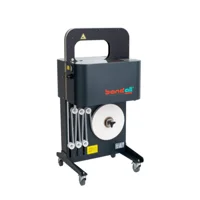
Bands vs. adhesive labels
Which is the better choice for sustainable packaging?
When it comes to labeling plastic containers, tubs, or similar packaging formats, two primary options often come into play: adhesive labels and banding. Each offers unique benefits, but one presents a more sustainable, brand-friendly solution. This article provides a side-by-side comparison to help you decide which is the smarter option for your packaging needs.
Key takeaways
- Adhesive labels are fast, affordable, and widely used, but they pose recycling challenges due to sticky residues and offer limited branding space.
- Banding enables 360° branding and is more sustainable, as it doesn’t rely on adhesives, but it comes at a higher cost and slower application speed.
- The right choice depends on your business goals.
Adhesive labels: Convenient and cost-effective, but at what cost?
Adhesive labels are widely used in various industries for a few clear reasons: they’re fast to apply, inexpensive, and provide essential product details. They’re also available in different materials, plastic films or paper, offering flexibility for different types of packaging.
One of their strongest features is also their biggest flaw: adhesives. These sticky substances ensure labels remain fixed, whether on rigid containers or flexible overwrap films. However, adhesives introduce several functional and sustainable concerns:
- Recycling challenges: The sticky layer doesn’t break down easily during the recycling process, making it harder to recycle both the label and the packaging it's attached to.
- Single-use limitations: Adhesive labels serve a single, short-lived function. Once the product is consumed, the label becomes waste. Given their limited lifespan and poor recyclability, adhesive labels raise sustainability concerns.
- Limited branding potential: Due to their small size, adhesive labels offer little space for impactful branding, often limiting a product's shelf appeal.

Banding: A sustainable solution with 360° branding
Banding offers a more integrated approach to packaging, combining labeling and branding into a single "wrap-around solution". Banding material can be custom-designed to carry brand colors, logos, imagery, and messaging, while reserving space for required on-demand printed information. Furthermore, this branding and labeling solution eliminates the need for adhesives as the banding material is wrapped around a product and sealed at optimal tension.
This results in a solution that’s:
- Easy to recycle: No glue means no contamination in recycling processes.
- Visually eye-catching: Full-surface designs allow for impactful, 360° branding.
- Flexible in application: Bands can be tightly sealed around products with minimal environmental impact.
However, banding does come with some trade-offs:
- Slower throughput: The wrapping of banding material around a product and sealing it is more time-consuming than simply sticking on a label, potentially reducing packaging speed.
- Higher initial cost: Equipment, materials, and time per unit can be more expensive than traditional adhesive labels, however, the end result differs significantly with a fully branded product and higher sustainability status.
Regulatory pressures are shaping the future of packaging
Sustainability is no longer a trend, it’s becoming policy. Across Europe, North America, and beyond, environmental regulations are tightening. Packaging regulations like the PPWR and global recyclability standards are pushing businesses to rethink how they package their products.
Adhesive labels, with their recycling inefficiencies, may soon face increased regulatory pressure depending on the severity of the PPWR standards. In contrast, non-adhesive alternatives like banding are better positioned to meet evolving standards.
For a deeper dive into how adhesive labels and banding measure up to upcoming packaging regulations, check out our blog: Banding vs Adhesive labeling: Which is PPWR-Ready?
The verdict: It depends on your priorities
If speed and low upfront costs are your top concerns, adhesive labels may still be a fit. However, if you're seeking to enhance your brand presence and minimize your environmental impact, banding presents a more sustainable and future-proof option.
Questions about our banding solutions?
Together we can find opportunities to optimize your packaging.
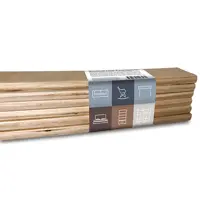
Applications of banding
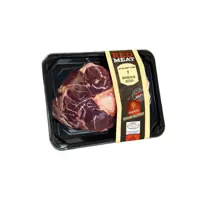
Bands vs sleeves: Impact of weight

Band vs sleeves: Which is more efficient?
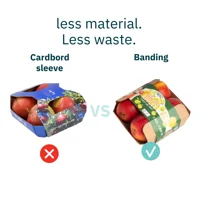
Banding vs. other solutions

Benefits of banding
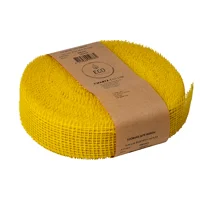
Zwartz - From shrink wrap to paper bands
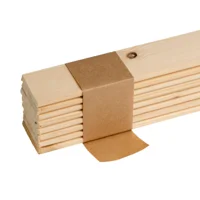
Novatrade - Improved quality and efficiency

Packaging food products
